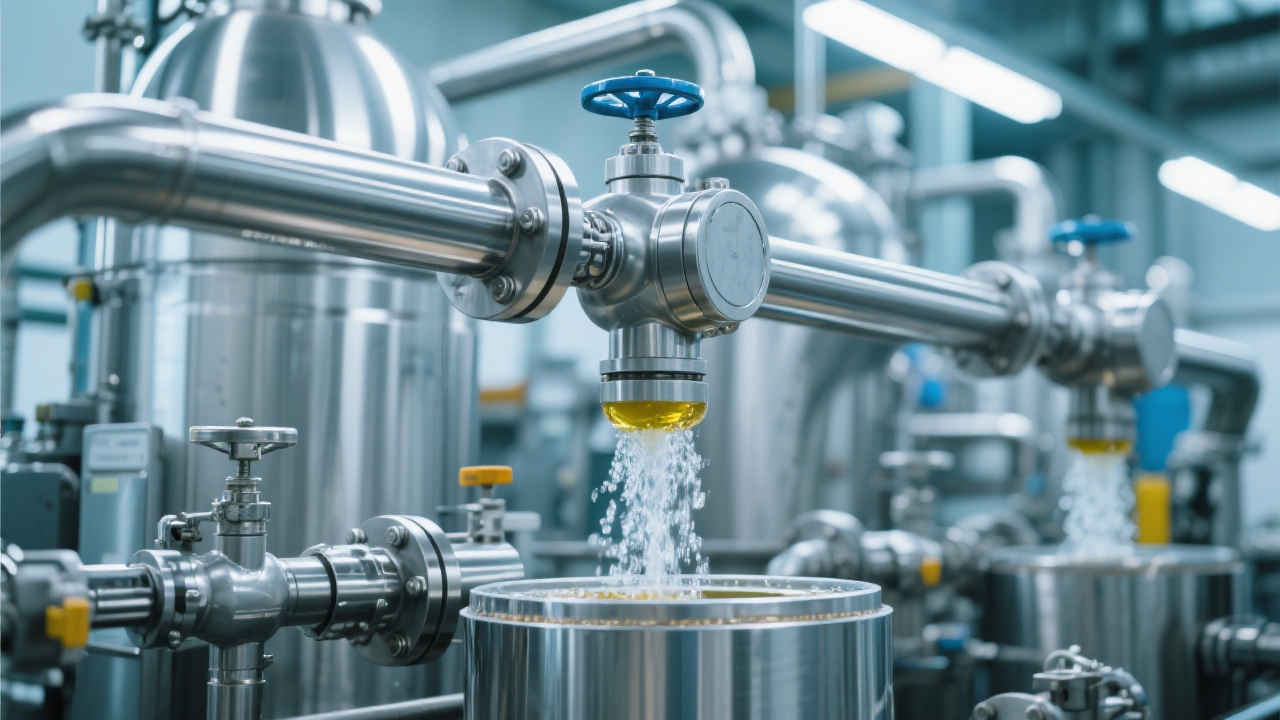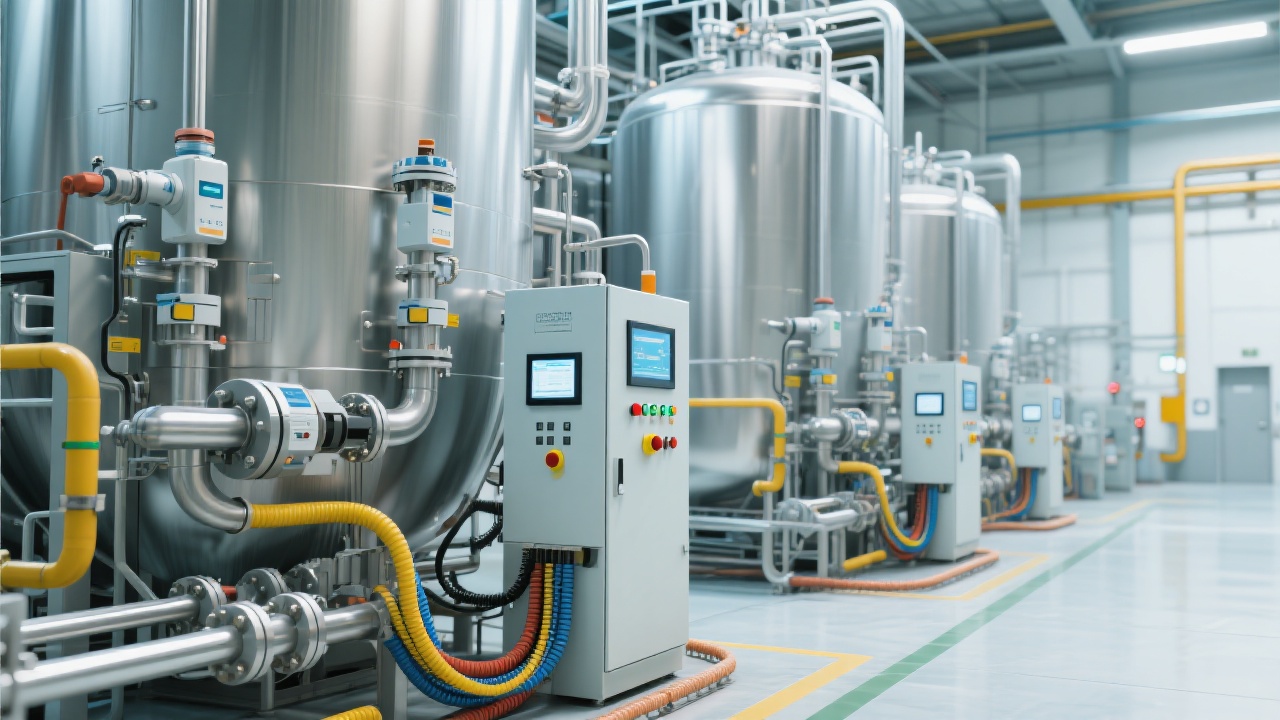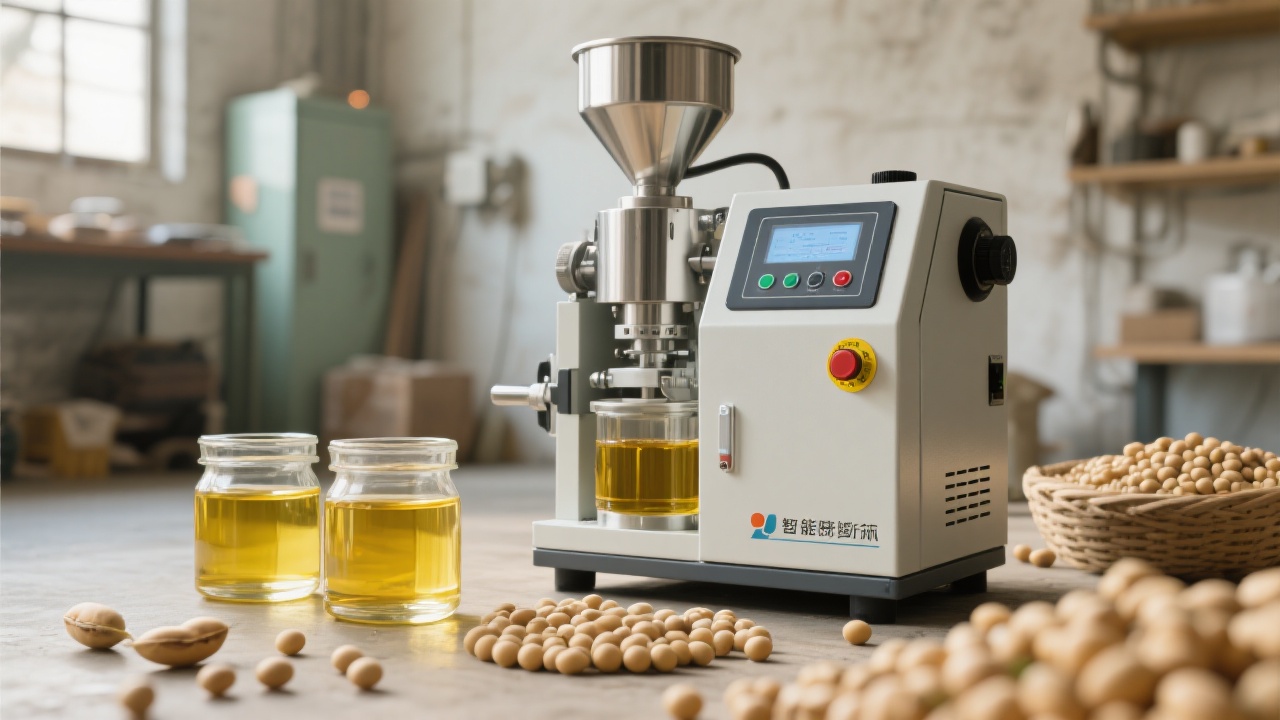
The production of rice bran oil is a crucial part of the grain and oil processing industry. Globally, the demand for high - quality rice bran oil has been increasing steadily, with an annual growth rate of about 5% in recent years. The entire extraction process consists of several key steps, including pre - treatment, extraction, refining, and residue utilization. Each step plays a vital role in ensuring the quality and quantity of the final product. This process not only maximizes the utilization of rice bran resources but also contributes to the development of a sustainable and efficient grain and oil processing industry.

Pre - treatment is the first step in rice bran oil production. Sorting machines are used to remove impurities such as stones, husks, and broken rice from the rice bran. This can improve the purity of the raw material and reduce the wear and tear of subsequent equipment. Modulating pots are responsible for adjusting the moisture content and temperature of the rice bran, which is beneficial for the subsequent extraction process.膨化机(Puffing machines)can destroy the cell structure of rice bran, increasing the contact area between the solvent and the oil, and thus improving the extraction efficiency. Drying machines are used to further reduce the moisture content of the rice bran to a suitable level, usually around 8 - 10%, to ensure the stability of the extraction process.
Extraction equipment is the core of rice bran oil production. Extractors use solvents to extract oil from the pre - treated rice bran. The efficiency of extractors can significantly affect the oil yield. For example, modern extractors can achieve an extraction efficiency of up to 95%. Evaporation towers are used to separate the solvent from the mixed oil, and the solvent can be recycled, which not only reduces production costs but also is environmentally friendly. The mixed oil system is responsible for transporting and processing the mixed oil, ensuring the smooth progress of the extraction process.

Refining equipment is used to improve the quality of the extracted crude oil. Degumming equipment removes phospholipids and other impurities from the crude oil through processes such as hydration. Deacidification equipment can reduce the acid value of the oil by neutralizing free fatty acids. Decolorization equipment uses adsorbents to remove pigments from the oil, improving the transparency and color of the oil. Deodorization equipment removes odorous substances from the oil through high - temperature and vacuum treatment, making the oil more palatable and suitable for consumption.
Auxiliary equipment such as cleaning, drying, and filtering equipment plays a supporting role in the entire production process. Cleaning equipment can further purify the oil, and filtering equipment can remove fine impurities from the oil. In addition, the residue after oil extraction can also be processed and utilized. For example, it can be used as animal feed or fertilizer, realizing the comprehensive utilization of resources and reducing environmental pollution.
Regular equipment maintenance is essential for ensuring the stable operation of the production line and improving production efficiency. For example, regular cleaning and lubrication of equipment can reduce the failure rate. Optimizing the operation parameters of each piece of equipment according to the actual production situation can also improve the overall production efficiency. By adopting advanced control systems, the production process can be automated and intelligentized, reducing labor costs and human errors.

To enhance your rice bran oil production efficiency, optimize your production process, and achieve green and efficient production, click here to learn more about our advanced rice bran oil extraction equipment!

